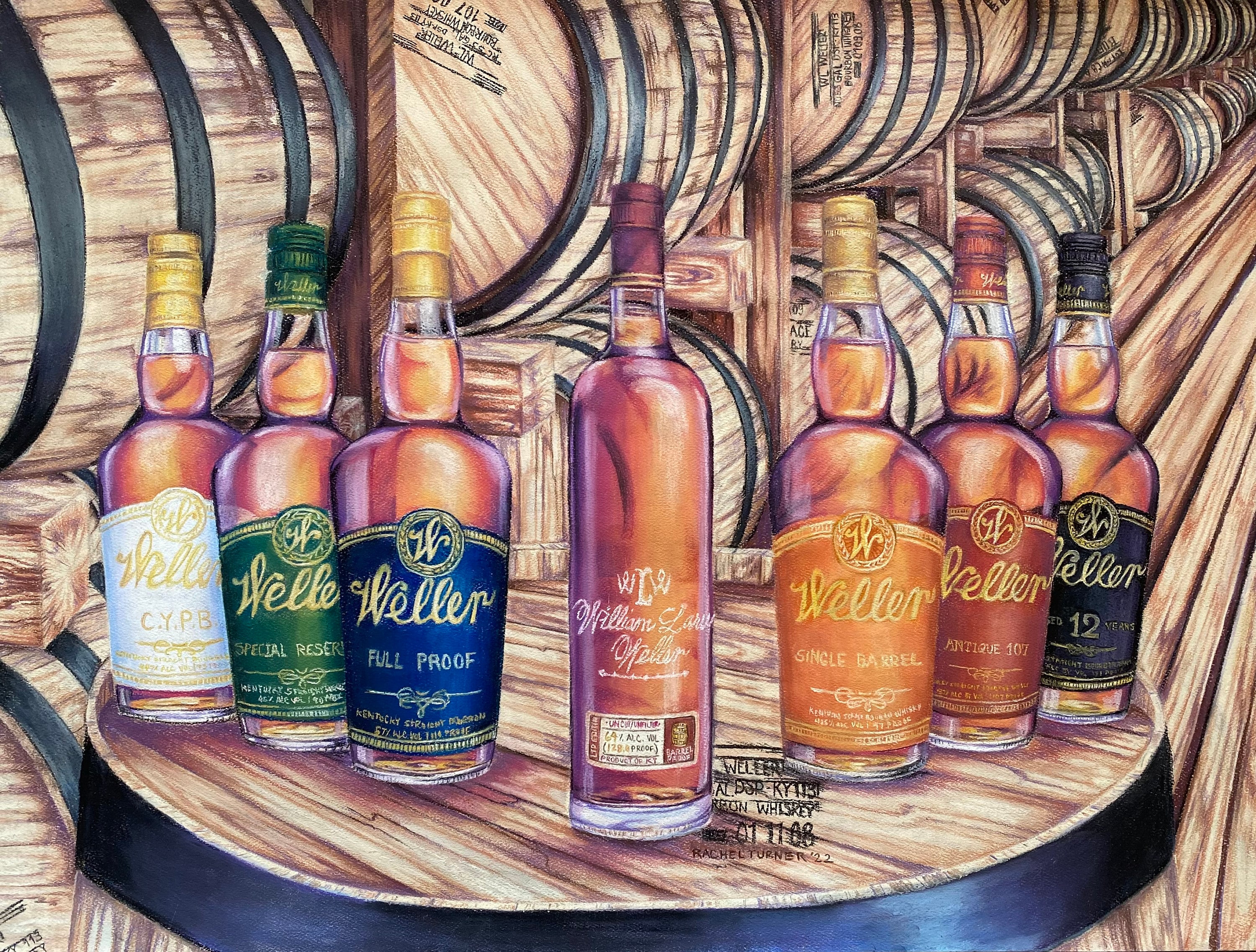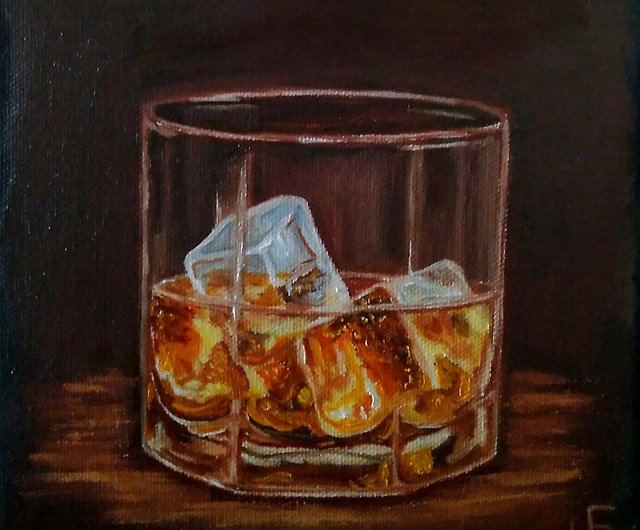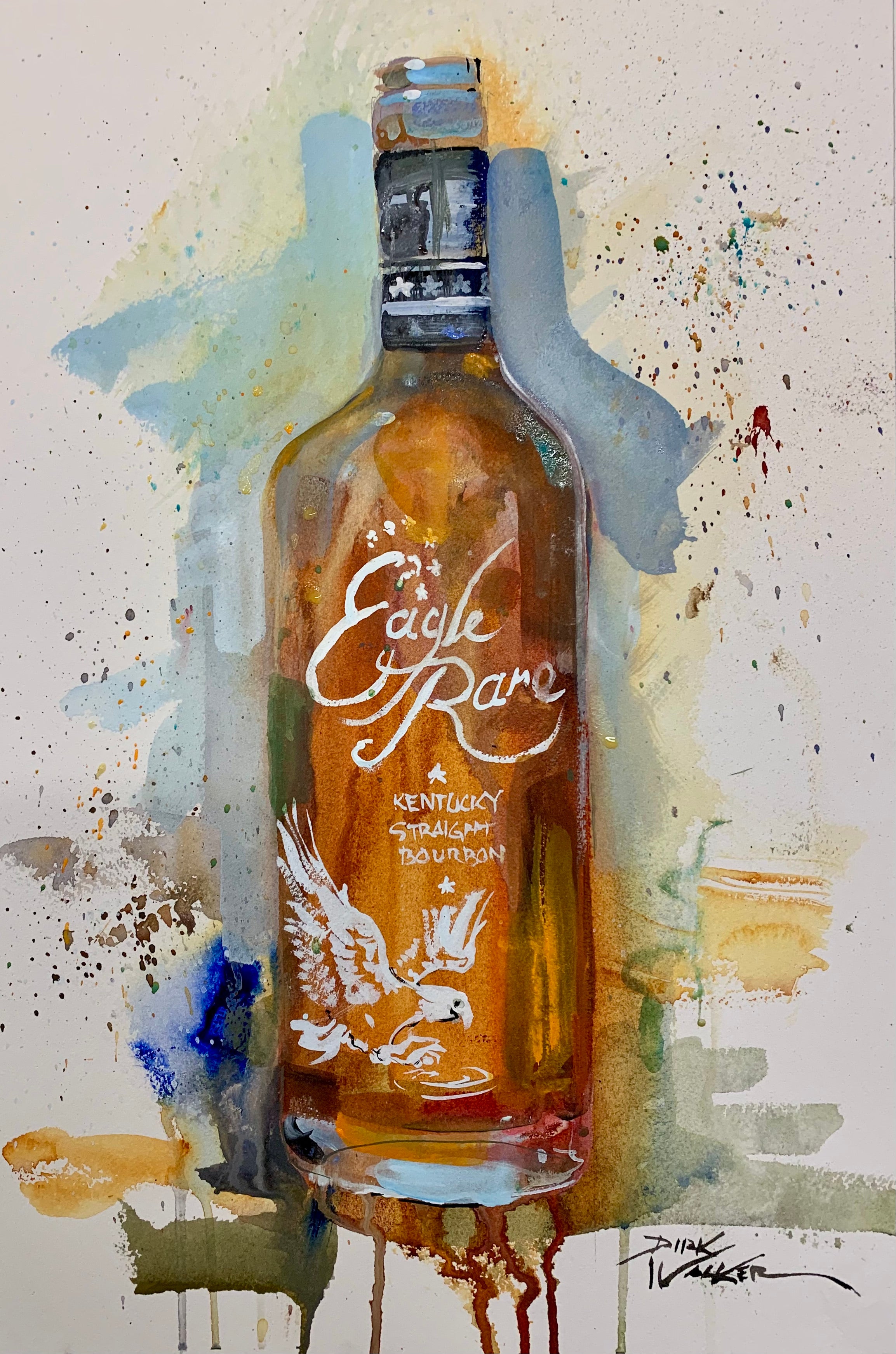Limited Edition Bourbon Art: Why Collectors Are Flocking to Special Finds
Limited Edition Bourbon Art: Why Collectors Are Flocking to Special Finds
Blog Article
The Significance of Whiskey Art in Celebrating Heritage and Craftsmanship in the Beverage Industry
The complex connection between whiskey art and the party of heritage and craftsmanship within the beverage market can not be overemphasized. Through attentively created bottles and tags, scotch brand names encapsulate their historic roots and the artisanal abilities that define their production approaches.
The Historic Roots of Whiskey
At the heart of whiskey's allure exists an abundant tapestry of historic origins that trace back to old worlds. The beginnings of scotch can be linked to the distillation techniques of the Sumerians and Babylonians around 2000 BCE, where early kinds of fermented grain beverages started to arise. However, it remained in the Center Ages that the art of distillation developed substantially, especially in Ireland and Scotland, causing the production of bourbon as we understand it today.
The term "whiskey" itself acquires from the Gaelic word "uisce beatha," meaning "water of life." This expression underscores the social value of bourbon in Celtic cultures, where it was commonly connected with rituals, events, and public bonding. By the 15th century, distillation came to be an acknowledged craft within reclusive neighborhoods, leading the way for the establishment of legal distilleries.
As profession courses increased, whiskey's appeal expanded, transcending regional boundaries and capturing the interest of lovers worldwide. Realism Art. This historic trip mirrors not just the craftsmanship behind bourbon manufacturing however also its indispensable role in social and cultural contexts, noting it as a significant beverage throughout background
Artistic Expression in Branding
Whiskey branding stands as an engaging intersection of virtuosity and commerce, where aesthetic identification plays a crucial function in forming consumer assumption. The looks of bourbon tags, packaging, and advertising and marketing materials show not only the brand's story however also its core values and heritage. Through imaginative expression, distilleries share a narrative that resonates with consumers, evoking emotions and sparking links.
Using shade, typography, and images in branding serves to distinguish items in a saturated market. For instance, standard motifs might evoke a sense of authenticity and workmanship, while modern-day layouts can signify development and forward-thinking. This strategic artistic direction boosts brand acknowledgment and commitment, enabling customers to build an individual partnership with the bourbon they choose.
Additionally, imaginative expression in branding often works as an event of local heritage. Distilleries often incorporate regional icons or historic recommendations into their designs, producing a local color that invites customers to engage in a wider cultural experience. Ultimately, the creativity behind whiskey branding not just boosts visual appeal however likewise enhances the overall story of the brand, promoting a deeper gratitude for the craftsmanship and heritage embedded in each container.
Workmanship in Bottle Style
The creativity apparent in whiskey branding prolongs past visual identity to encompass the craftsmanship associated with bottle style. Each container works as a vessel not just for the spirit within, however likewise for the story it informs about its custom, origin, and quality. The style procedure needs precise attention to detail, as elements such as material, closure, and shape add dramatically to the general perception of the bourbon.
Craftsmanship in bottle design includes picking top notch glass that can enhance the scotch's color and clearness, while also offering a tactile experience for the customer. The silhouette of the container should be both visually appealing and functional, frequently reflecting the heritage of the brand name. Numerous distilleries choose one-of-a-kind forms or embossed logo designs that evoke a feeling of credibility and background.
Furthermore, the tag layout and typography play a vital duty in communicating the brand name's sites narrative. Bourbon Art. A well-crafted container not just mesmerizes the customer's eye yet additionally strengthens the brand name's commitment to quality and practice. This way, the craftsmanship of bottle design becomes a crucial element of the whiskey experience, merging virtuosity with a profound regard for heritage
Cultural Importance of Scotch Art
Commemorating custom and workmanship, the social significance of whiskey art transcends plain aesthetics, linking with the social and historical narratives of the areas from which it stems. Each bottle acts as a canvas, depicting the distinct tales, mythology, and traditions that have actually formed local whiskey-making methods. The intricate styles typically reflect the heritage of the distillers, integrating icons and motifs that reverberate with the society get more and values of their communities.

Additionally, scotch art plays an important duty in public gatherings and events, offering as a tangible link between individuals and their shared experiences. By appreciating the virtuosity in whiskey packaging, customers grow a much deeper understanding and regard for the craft, ultimately enhancing their satisfaction of the drink itself.
Modern Trends in Whiskey Presentation
In the last few years, the discussion of whiskey has actually developed to show contemporary preferences and patterns while still honoring conventional craftsmanship - Whiskey Art. Distilleries are progressively concentrating on aesthetic elements that enhance the general alcohol consumption experience, linking the void in between heritage and modernity
Ingenious container styles have emerged, commonly including lasting materials and imaginative labels that tell compelling tales. Many brand names now collaborate with local musicians, infusing their products with unique aesthetic expressions that reverberate with consumers. Additionally, limited-edition launches are often packaged in collectible containers, including worth and charm for connoisseurs.

Conclusion
In verdict, whiskey art works next page as a crucial conduit for expressing the heritage and craftsmanship intrinsic in the drink industry. Through detailed branding, cutting-edge container designs, and culturally significant artistic aspects, scotch brands effectively recognize their practices and link with customers. This artistic story not only boosts the recognition of whiskey however likewise enhances community identity and pride among manufacturers. Inevitably, scotch art plays an important function in preserving and commemorating the abundant social tapestry of whiskey-making.


Craftsmanship in container style includes picking high-quality glass that can improve the scotch's color and quality, while also offering a responsive experience for the customer. In this means, the workmanship of container layout becomes an important aspect of the scotch experience, merging virtuosity with an extensive respect for heritage.
In final thought, whiskey art offers as an important conduit for revealing the heritage and craftsmanship intrinsic in the beverage market.
Report this page